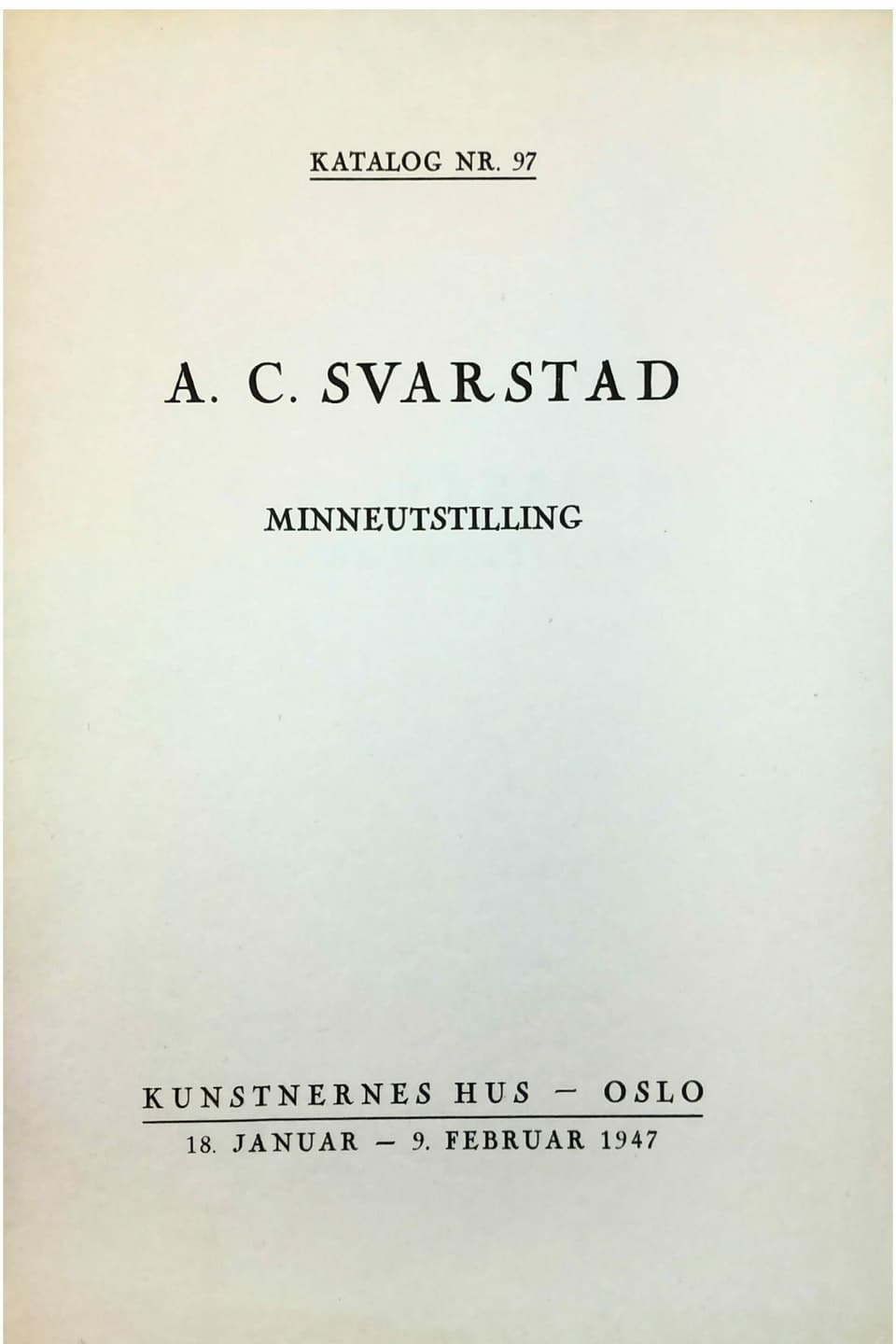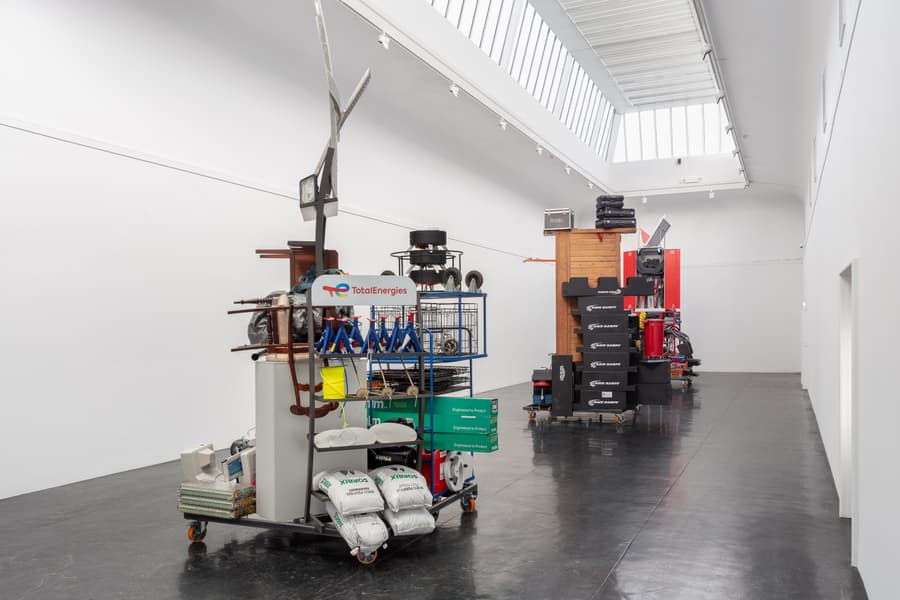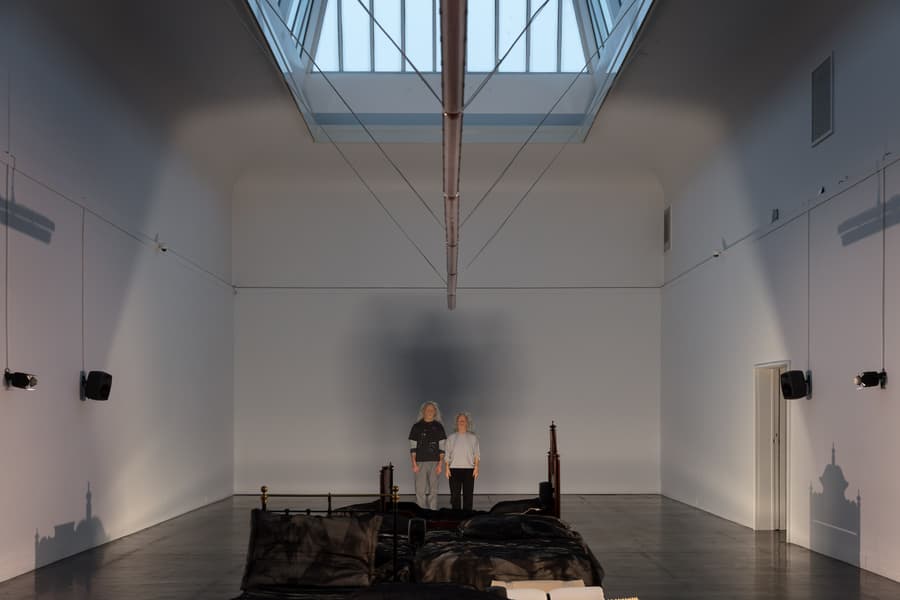A. C. Svarstad

A. C. Svarstad born in Ringerike in 1869, died in Oslo in 1943. Student of the School of Arts and Crafts in Kristiania, studied from 1897 to 1898 under Courtois in Paris and later made study trips to America, England, Belgium, Italy and Germany.
The exhibition at Kunstnernes hus in 1947 was a memorial exhibition for Anders Castus Svarstad, which contained 142 paintings painted by the artist.
The painters Halvdan Holbø and Hjalmar Haalke mounted the memory exhibition.
Holbø also wrote the preface for the catalog.
Catalog text
When A. C. Svarstad died in 1943, we lost one of our most important painters and a great and unique man.
Svarstad was from a farming family in Ringerike. His start was difficult in the old Christiania, where there were little art interest at the time. For a time he had to do decorative painting to get by. While several of his contemporaries had their breakthrough around the turn of the century, Svarstad did not gain a place among the foremost in the 90s generation until around 1907. Therefore, he made many of his friends among the somewhat younger impressionists and exhibited with them.
He himself was not an impressionist. Painting the fleeting impression of nature with dissolved form would have been against his thorough nature. He did not follow art trends, avoided everything cheap and did not accept the phrases of the day without critic, but thought through problems with his clear mind. Therefore, A. C. Svarstad became one of the most autonomous artists in our time. While most contemporaries drew inspiration from Paris, he looked to Italy and other places outside the painters' highways, such as Belgium and London.
It may seem strange that a beauty worshiper with classic ideals like Svarstad often sought his motifs in sooty factory areas, among shacs on the East Side and in smoke and steam at London's docks. Yes, even in Italy he preferred to paint from Naples' dirtiest alleys with tangles of clothes hanging to dry between the houses. He often painted prosaic things such as telephone wires and railways. And he did not paint lightly and elegantly, but struggled with his pictures. He achieved beauty in these often sad motives. Svarstad was a pioneer in showing us the picturesque beauty of sooty factory areas. Few Norwegian painters have cultivated the form and line as much as Svarstad. This strong sense of form has contributed greatly to giving his portraits high quality. The classic in him came out particularly strongly in the portraits.
Svarstad was a philosopher, who looked at life with a distinct humor. The humor he portrayed the Neapolitan with (as in the drawing "See Naples and die") was filled with sympathy. His humor was sharper and more ironic when he saw something hollow that upset his strong sense of justice. Typical of his irony is the answer he gave a Norwegian Nazi, who in the summer of 1940 encouraged him to join a Norwegian-German cultural association with the argument that the Germans were so happy in Norway: "Such love that manifests itself as rape has not been considered in this country». Just as he comfortably went his own way in his art, he claimed in his newspaper and magazine articles fearless opinions that were not authorized.
One noticed Svarstad´s strong personality in everything he painted, wrote and said.
Halvdan Holbø.


